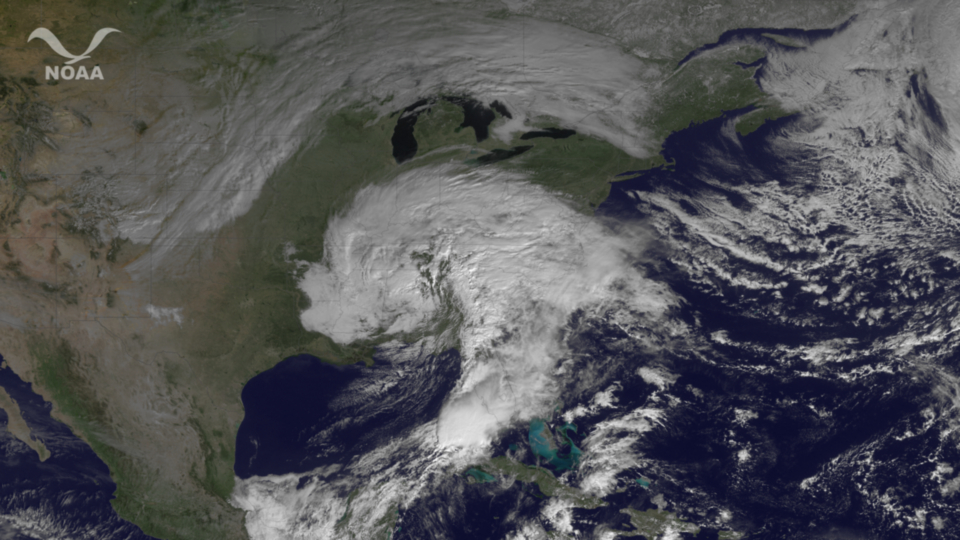
Wimpy Winter: Twin Cities Still Not Below Zero

In case anyone needs more proof of how mild winter has been this year, here's another odd weather nugget: The Twin Cities have not yet seen the temperature drop below zero. Since record keeping began, that has never happened.
Temperatures below 0 degrees Fahrenheit (minus 17.7 degrees Celsius) across southern Minnesota and west central Wisconsin during winter are a fact of life for people there. But with this year's weird winter, folks are wondering where is the cold and snow? There has never been a winter where temperatures at reporting locations across the Twin Cities forecast area failed to drop below zero, according to the National Weather Service (NWS).
In the Twin Cities, the fewest number of below-0 degrees F days was two, which happened in the winter of 2001-2002. Jan. 18 was the latest winter season date for the Twin Cities to experience their first below-zero temperature, which happened in 1889. This year is closing in on that record.
That's been bad news for some businesses this year, but a warm treat for everyone else.
"Some people are elated and some people are highly disappointed," said James McQuirter, a meteorologist with the NWS in Chanhassen, Minn., near the Twin Cities.
Mankato, Minn., which is about 80 miles (129 kilometers) southwest of Minneapolis, also has yet to see a temperature below 0 degrees F this winter. The fewest number of below-zero days for a given winter in Mankato was six, which happened in the winter of 1982-1983.
St. Cloud and Albert Lea, Minn., and Eau Claire, Wis., have all seen two below-zero days this winter. St. Cloud and Albert Lea recorded two in December and Eau Claire recorded one in December and one in January of this year.
Sign up for the Live Science daily newsletter now
Get the world’s most fascinating discoveries delivered straight to your inbox.
Like much of the country, the Twin Cities region is at the mercy of the Arctic Oscillation, a climate pattern of opposing atmospheric pressures in the middle and high latitudes of the Northern Hemisphere. This year, the Arctic Oscillation has been in a positive phase, which brings warmer-than-average temperatures. The warm weather and a lack of snow cover have kept the cities unusually warm this year, McQuirter told OurAmazingPlanet.
The weird weather could end this weekend, with a good shot at a below-zero day in the region. A cold snap will move across it today (Jan. 12) into Friday, which could cause frigid mornings. However, temperatures will range closer to seasonal norms again over the weekend, with low temperatures in the single digits and highs in the teens and 20s F (around minus 6 C).
You can follow OurAmazingPlanet staff writer Brett Israel on Twitter: @btisrael. Follow OurAmazingPlanet for the latest in Earth science and exploration news on Twitter @OAPlanet and on Facebook.









